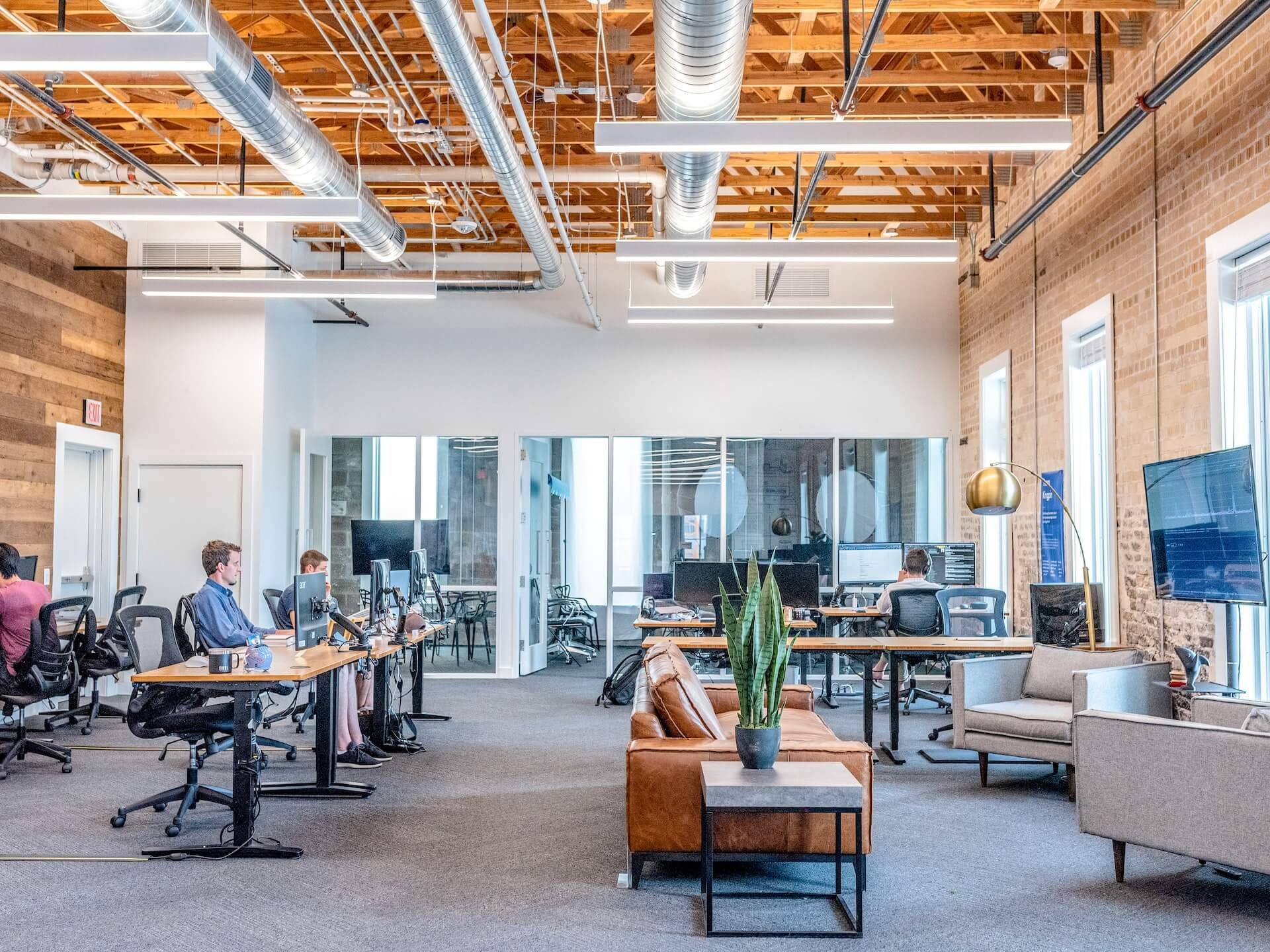Ideal Tactics for Positioning Security CCTV to Enhance Monitoring Effectiveness
Ideal Tactics for Positioning Security CCTV to Enhance Monitoring Effectiveness
Blog Article

Positioning security cameras efficiently is essential to enhancing monitoring in various environments, including homes, commercial properties, and community areas. The primary goal of security cameras remains to deter criminal activity and offering evidence during case of events. To achieve this, it is important to take into account various factors, such as camera location, field of vision, and the particular areas that need monitoring. By understanding these factors, people and entities can create a thorough surveillance plan that maximizes the efficacy of their security solutions.
One of the first actions in positioning security systems is to determine key locations that need monitoring. High-risk areas, such as entrances, exit points, parking lots, as well as locations with valuable items, should be given priority. It is crucial to consider areas not visible, that are locations that may not be visible from specific perspectives. By mapping out these critical areas, security staff can ensure that all corner is observed, reducing the likelihood of criminal activity going undetected. Additionally, placing surveillance systems at strategic points can assist create a complete view of the property, allowing for better total security monitoring.
The field of a security system is another crucial factor to consider. Different types of cameras provide varying ranges of view, which can affect how much space gets recorded in the footage. For example, wide-angle systems can monitor larger areas, rendering them ideal for spacious locations, whereas PTZ systems can be adjusted to concentrate on particular details. When placing surveillance systems, it is important to choose the right kind based on the area being monitored. This ensures that the system can capture sharp footage and provide important data in case of an occurrence.
Height and tilt of installation also play a significant role in the efficacy of surveillance systems. Cameras should be mounted at a height that is out of grasp of possible interference but also allows for clear visibility of faces and additional recognizable details. A common suggestion is to install systems at least 8 to 10 feet off the ground. Additionally, Learn More Here the angle at which the system remains positioned can impact its ability to record crucial information. Cameras must be tilted to reduce glare and avoid obstructions, ensuring that they can capture sharp footage at all times.
Finally, routine upkeep and updates to the surveillance camera is essential for long-term efficacy. This entails inspecting camera functionality, cleaning lenses, and making sure that firmware is up to date. Regular assessments of the surveillance plan can assist detect any new blind spots or locations that may require extra monitoring. By staying proactive and implementing required adjustments, individuals and organizations can improve their monitoring effectiveness and guarantee that their surveillance systems continue to fulfill their intended purpose.